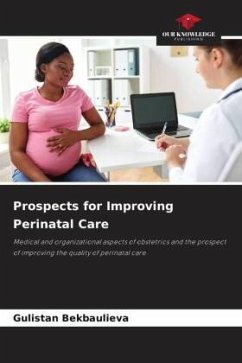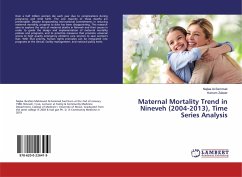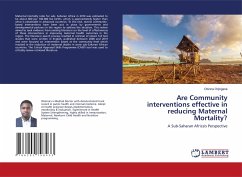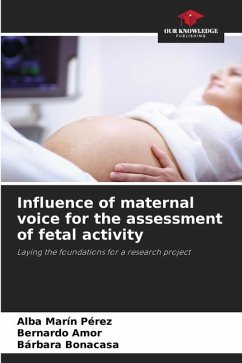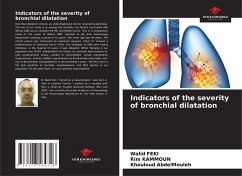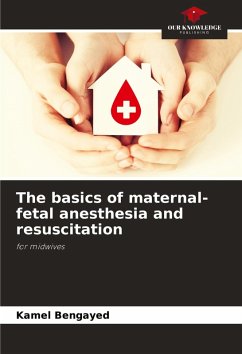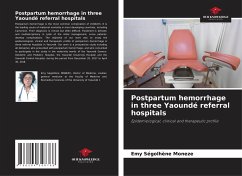
Maternal and Child Health: Analysis of Indicators
Versandkostenfrei!
Versandfertig in 6-10 Tagen
27,99 €
inkl. MwSt.

PAYBACK Punkte
14 °P sammeln!
In 2008, the municipality did not meet the target for investigating infant deaths and deaths of women of childbearing age. In 2010/2011 the municipality made progress in relation to the proposed targets. During this period there was a reduction in infant, neonatal and post-neonatal mortality. The proportion of maternal deaths investigated increased. There was a predominance of mothers aged between 20 and 30 (57.14%), with 8 to 11 years of schooling (60%), single (62.86%) and housewives (48.57%). Among the indicators of infant deaths, there was a greater predominance of mothers with one child (...
In 2008, the municipality did not meet the target for investigating infant deaths and deaths of women of childbearing age. In 2010/2011 the municipality made progress in relation to the proposed targets. During this period there was a reduction in infant, neonatal and post-neonatal mortality. The proportion of maternal deaths investigated increased. There was a predominance of mothers aged between 20 and 30 (57.14%), with 8 to 11 years of schooling (60%), single (62.86%) and housewives (48.57%). Among the indicators of infant deaths, there was a greater predominance of mothers with one child (45.71%), 77.14% with no history of a dead child, 82.86% with a single pregnancy, 45.71% between 28 and 31 weeks, 31.4 had more than 7 antenatal consultations and 62.86% had a caesarean section. As for infant deaths related to newborns, there was a greater predominance of children born between 1 and 1.4kg (31.43%), males (54.29%), brown (51.43%), APGAR of 7 to 10 (45.71%) and other perinatal causes of death (28.57%). Of the 4 maternal deaths, 75% were aged between 20 and 30, brown (50%), in a stable union (75%), died in the puerperium (50%) and were housewives (75%).





